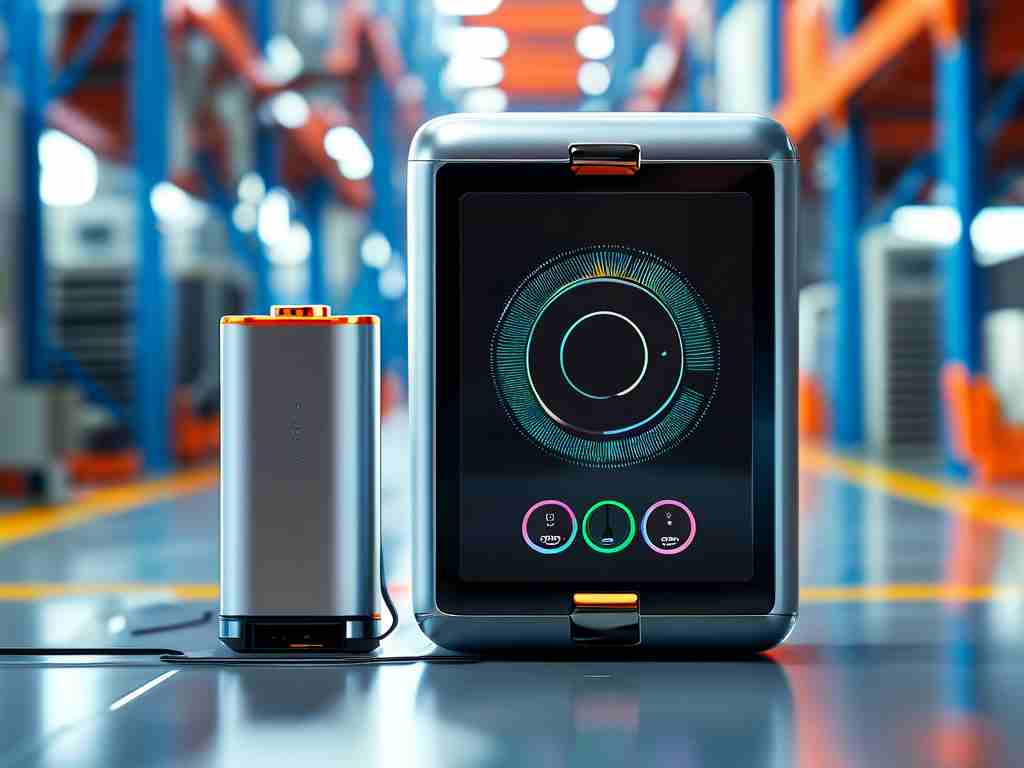Embedded systems are the invisible engines powering everything from smart home devices to industrial machinery, and developing them requires robust tools to simulate real-world conditions. The Steam Embedded Development Simulator emerges as a game-changer in this space, offering a comprehensive platform for engineers to test, debug, and refine their code without physical hardware dependencies. This simulator integrates seamlessly with popular development environments, enabling users to mimic complex scenarios like temperature fluctuations or power surges, thus accelerating the prototyping phase. By leveraging this tool, developers can avoid costly errors and reduce time-to-market for innovative products.

At its core, the Steam Embedded Development Simulator operates by emulating various microcontrollers and sensors through a virtual interface. For instance, it supports ARM Cortex-M series and Raspberry Pi Pico boards, allowing users to write and execute code as if interacting with actual devices. One key advantage is its cloud-based architecture, which facilitates collaboration across teams—engineers in different locations can share simulation sessions in real-time, enhancing productivity. Additionally, the simulator includes built-in debugging features such as breakpoints and memory dumps, making it easier to identify issues like memory leaks or timing conflicts early in the development cycle. This not only saves resources but also fosters creativity, as developers can experiment with edge cases without risk.
To illustrate practical use, consider a simple code snippet for a temperature monitoring system. Using the simulator, developers can simulate sensor inputs and validate their logic before deploying to hardware. Here’s an example in C:
#include <stdio.h>
#include "simulator_api.h" // Steam simulator library
void main() {
float temp = read_sensor(SENSOR_TEMP); // Simulated temperature read
if (temp > 30.0) {
activate_cooling(); // Trigger cooling function
printf("Cooling activated at %.2f°C\n", temp);
}
}
This code demonstrates how the simulator handles input emulation, where read_sensor is a mock function provided by the API. By running this in the virtual environment, engineers can test thresholds and responses without physical sensors, ensuring reliability in final applications.
Beyond basic emulation, the Steam simulator excels in scalability. It supports IoT integrations, enabling simulations of networked devices communicating via MQTT or CoAP protocols. This is crucial for developing smart systems, such as home automation where multiple devices interact. For example, a developer might simulate a smart thermostat adjusting based on occupancy data, all within the simulator’s sandbox. Moreover, the tool includes analytics dashboards that visualize performance metrics like CPU usage and latency, helping teams optimize efficiency. These features reduce hardware costs by up to 40%, as per industry reports, and empower startups to innovate on tight budgets.
However, adopting the Steam Embedded Development Simulator does come with learning curves. New users should start with tutorials on its web portal, focusing on common pitfalls like misconfigured peripherals. Over time, best practices emerge, such as regularly saving simulation states to prevent data loss. Looking ahead, advancements in AI could enhance predictive modeling within the simulator, anticipating failures before they occur. In summary, this tool revolutionizes embedded development by providing a safe, flexible testing ground. As technology evolves, embracing such simulators will be key to building resilient, cutting-edge systems that shape our digital future.









